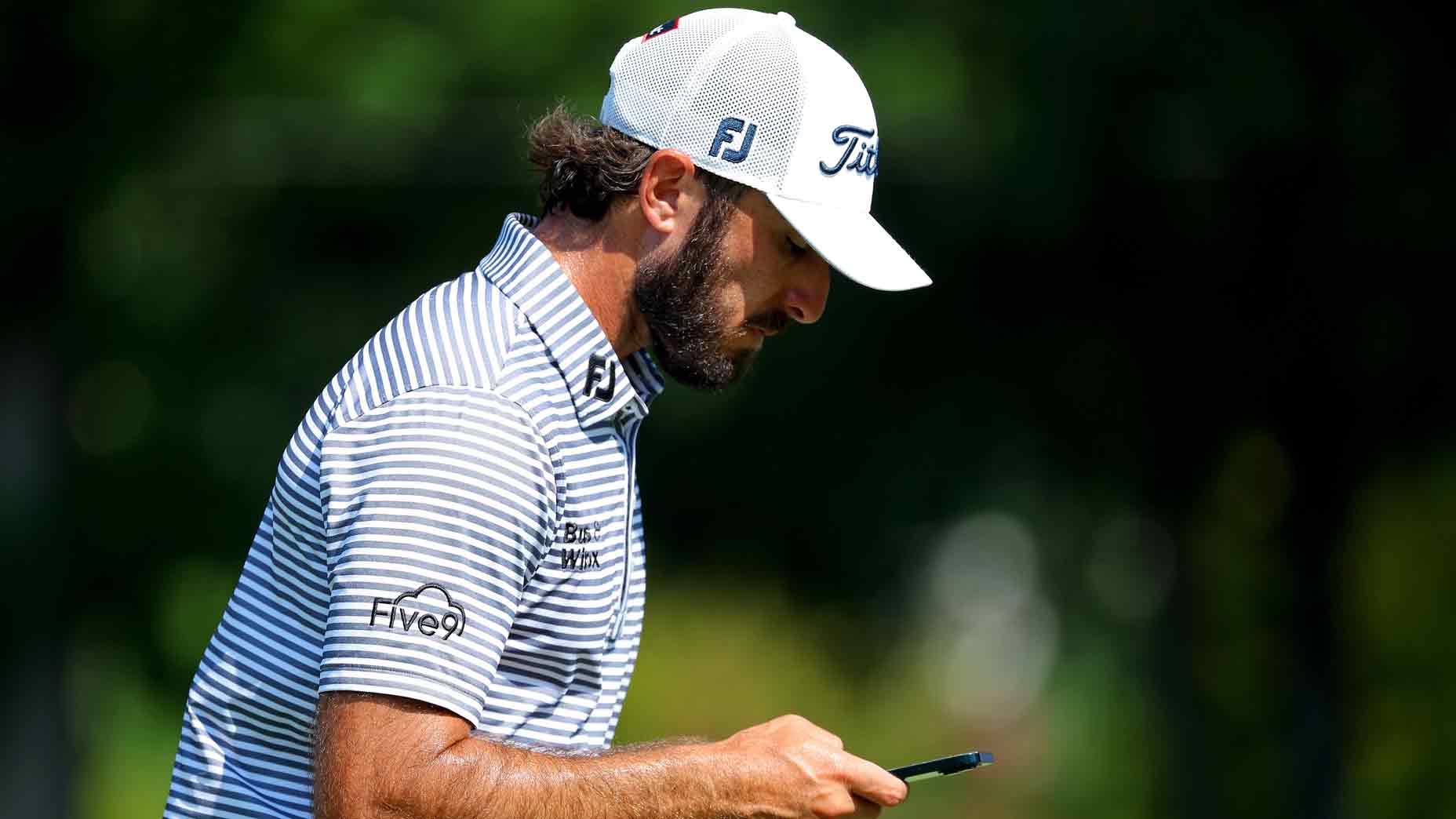
If you struggle to hit consistent shots with your irons, it’s likely because you’re not compressing the ball at impact.
Getty Images
There’s nothing better than the feeling of a well-struck iron. Hitting it pure with a blade (or game-improvement club) is a feeling that’s indescribable. And watching the ball tower into the air only to land softly next to the pin makes for the cherry on top.
The problem for most amateurs is that these shots are few and far between. They’re more of an exception than a rule — the type of shots that “keep you coming back.”
These shots don’t have to be a rarity. In fact, with the proper fundamentals, a well-struck iron can become one of the most reliable shots in your bag. All you need to do is follow the advice below from GOLF Top 100 Teacher Andrew Rice.
How to flush your irons
If you watch the pros each weekend, you’ll see a lot of great swings. And although may of them look different, they all share certain qualities.
“The handle is forward and the face is de-lofted,” Rice says. “The pressure and weight is into the lead side.”
When you watch amateurs hit the ball, though, these qualities are often absent. Instead, the weight stays back, the hands are behind the ball and the face has extra loft. This results in weak, high irons that have little distance and are difficult to control.
Oftentimes, the cause of this is an open clubface during the downswing. This open face leads to a compensation of no weight shift at impact in order to square the clubface on the ball.
So, how do we fix this? It all starts with closing the clubface.
As you make your downswing, feel like you are turning the clubface so it’s pointing toward the ground. This can be achieved by adding flexion to your lead wrist. With this closed clubface, you’ll have to shift your weight forward through impact in order to create a proper strike.
“Let’s get that clubface in place, in a better position,” Rice says. “The sooner we get the clubface in place, the quieter and more passive it can be through impact. The more predictable, the better the strike.”









